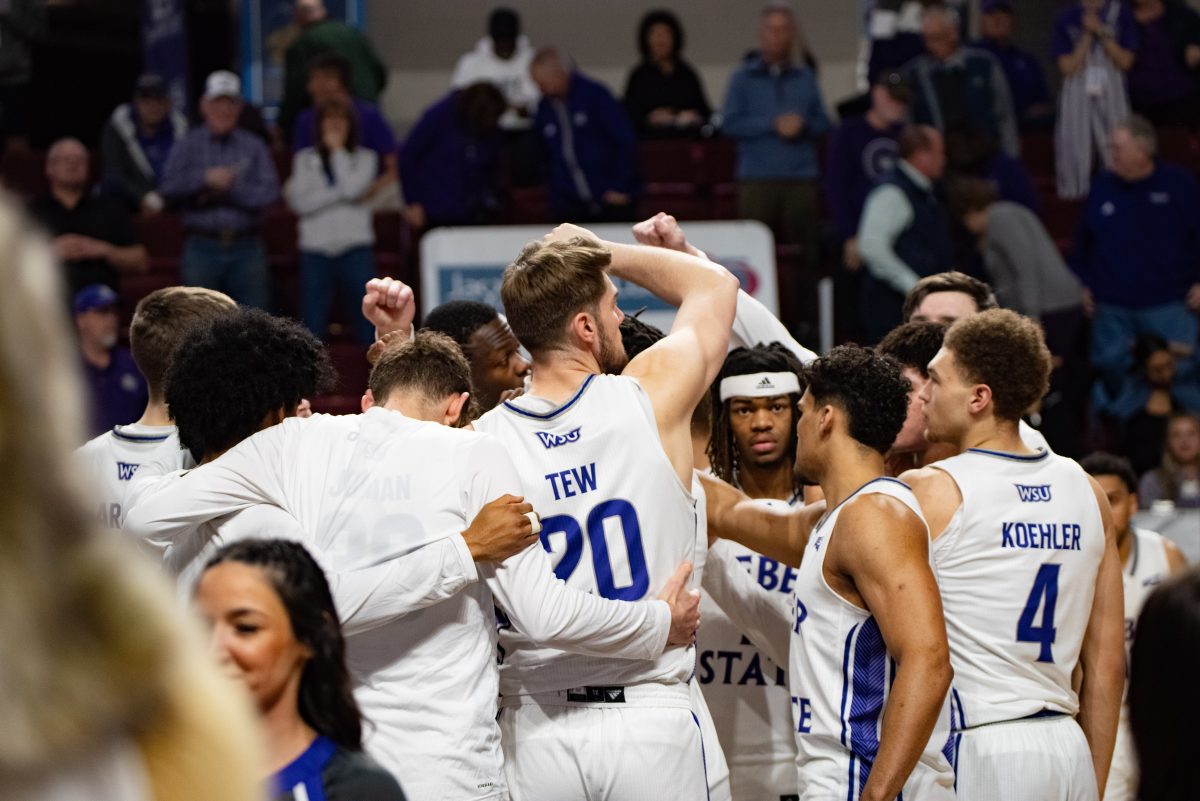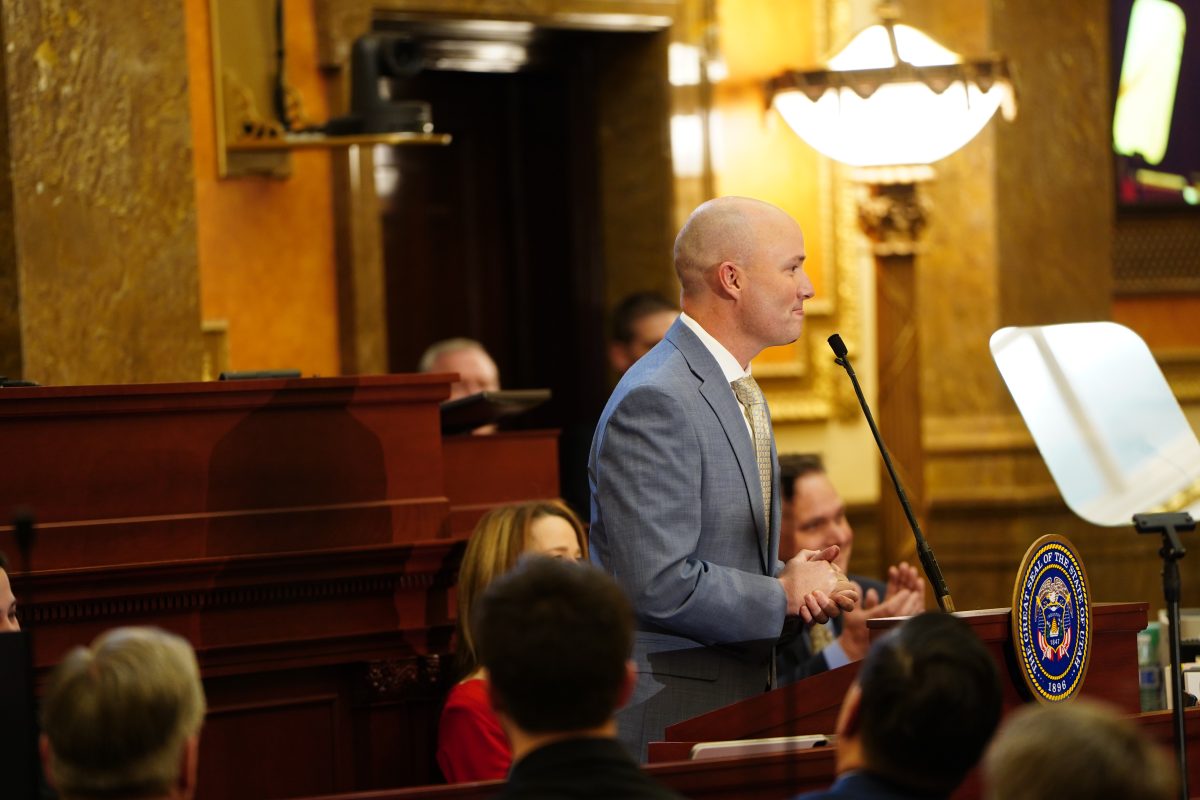
Stars are born in huge litters which gradually spread out over time. Our sun is thought to have between 1,000 and 10,000 siblings, none of which have been discovered until now.
Star HD 162826 is part of the constellation Hercules. It is not visible to the naked human eye, however, it can be seen through a telescope on a clear night.
Discovered by lead researcher Ivan Ramírez and his team at the University of Texas in Austin, star HD 162826 is considered a sibling of the sun, but not a twin because it is 15 percent more massive than the sun.
Ramirez’s article “Elemental Abundances of Solar Sibling Candidates” was published in the Jun. 1, 2014 edition of The Astrophysical Journal.
Star HD 162826 is located 110 light years away, meaning it takes 110 years for its light to reach Earth. The other siblings of the sun are spread all around the galaxy.
Researchers looked at several characteristics of 30 candidate stars to evaluate whether any were siblings to the sun. By using light spectrums, they are able to determine the chemical composition of stars.
The direction of travel of the stars were also analyzed. Only stars moving in the same general orbit as the sun were qualified.
Researchers then reverse-analyzed the motion of the stars to see which stars would have started out closest to our sun. Last of all, the age of the stars was also considered. HD 162826 was the only star to pass this test. Its estimated 4.6 billion years are very close to the 4.57 billion years of the sun.
This is useful information because finding this sibling of the sun may lead to finding others. This might eventually point to the birthplace of the solar system, which would help scientists to understand how it has evolved. Also, the sun’s siblings may have Earth-like planets which have a small chance of harboring life.
“HD 162826 was born in the same star cluster as ours, so it is kind of exciting to see this kind of discovery,” Weber State University astronomy professor John Armstrong said. “I am sure there are more out there to be found. The problem is they get scattered around over the last 4.5 billion years or so, so they can be tough to find.”
When asked whether he had known stars could have siblings, early college NUAMES student Ian Martin said, ” Seeing as solar systems and celestial bodies are formed by a gas cloud, it would make reasonable sense that the Sun could have had a sibling that formed with it.”
While this discovery is relatively new, Martin believes this breakthrough is very important.
“I didn’t hear of this until recently when I stumbled across an article on an astronomy website,” said Martin. “If anything, learning something new about the vast oceans of space and our universe is important in and of itself.”




